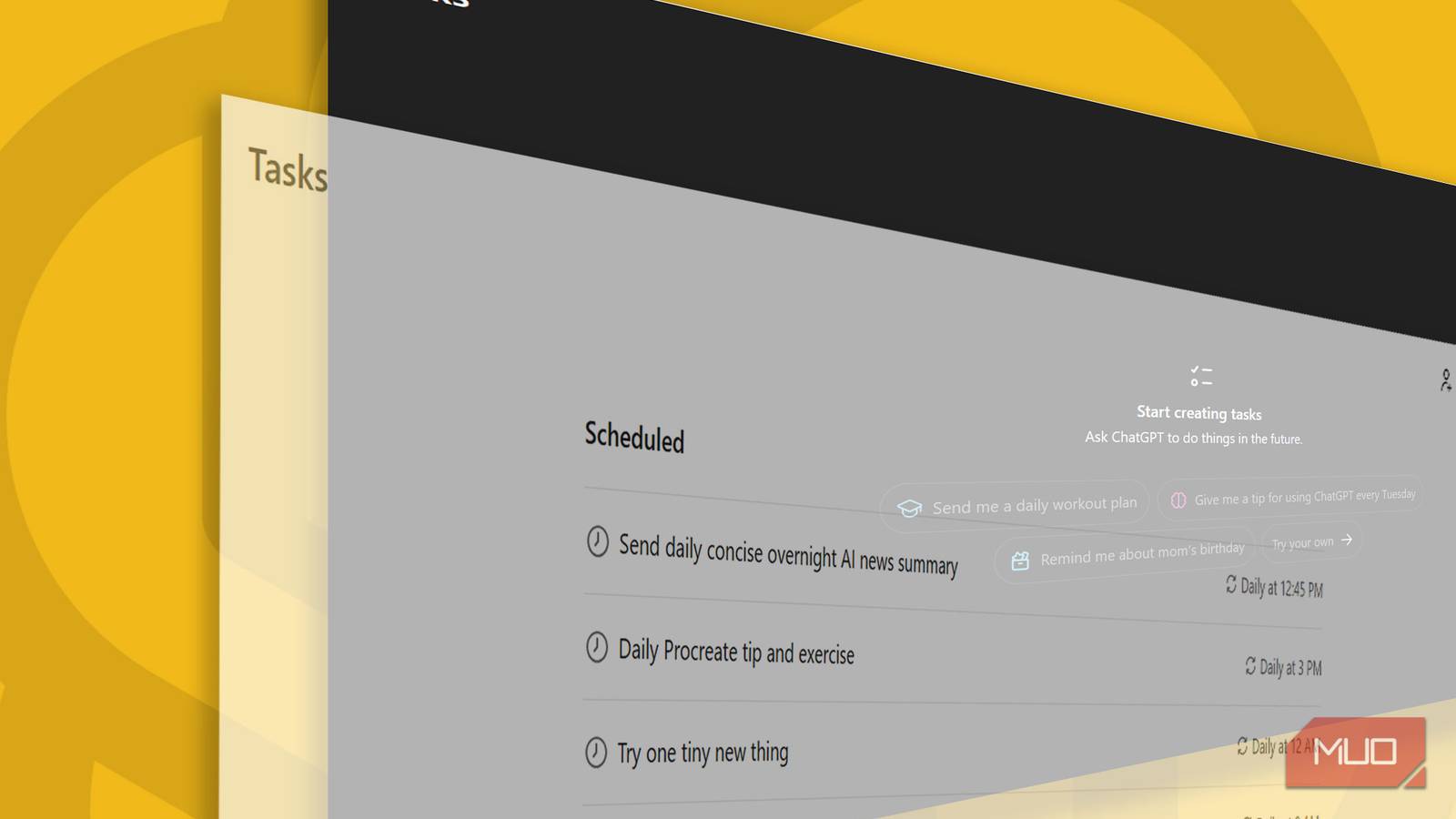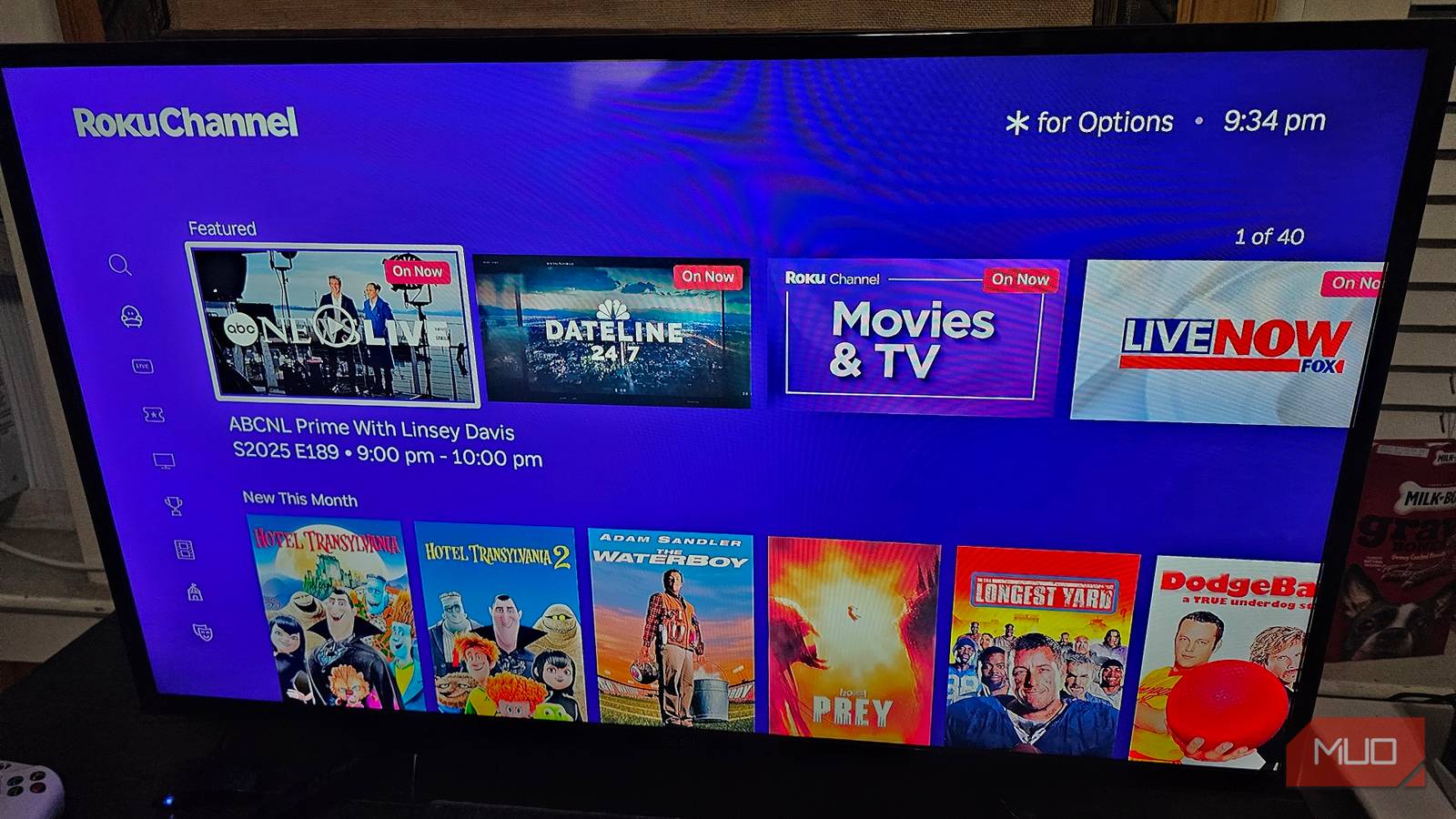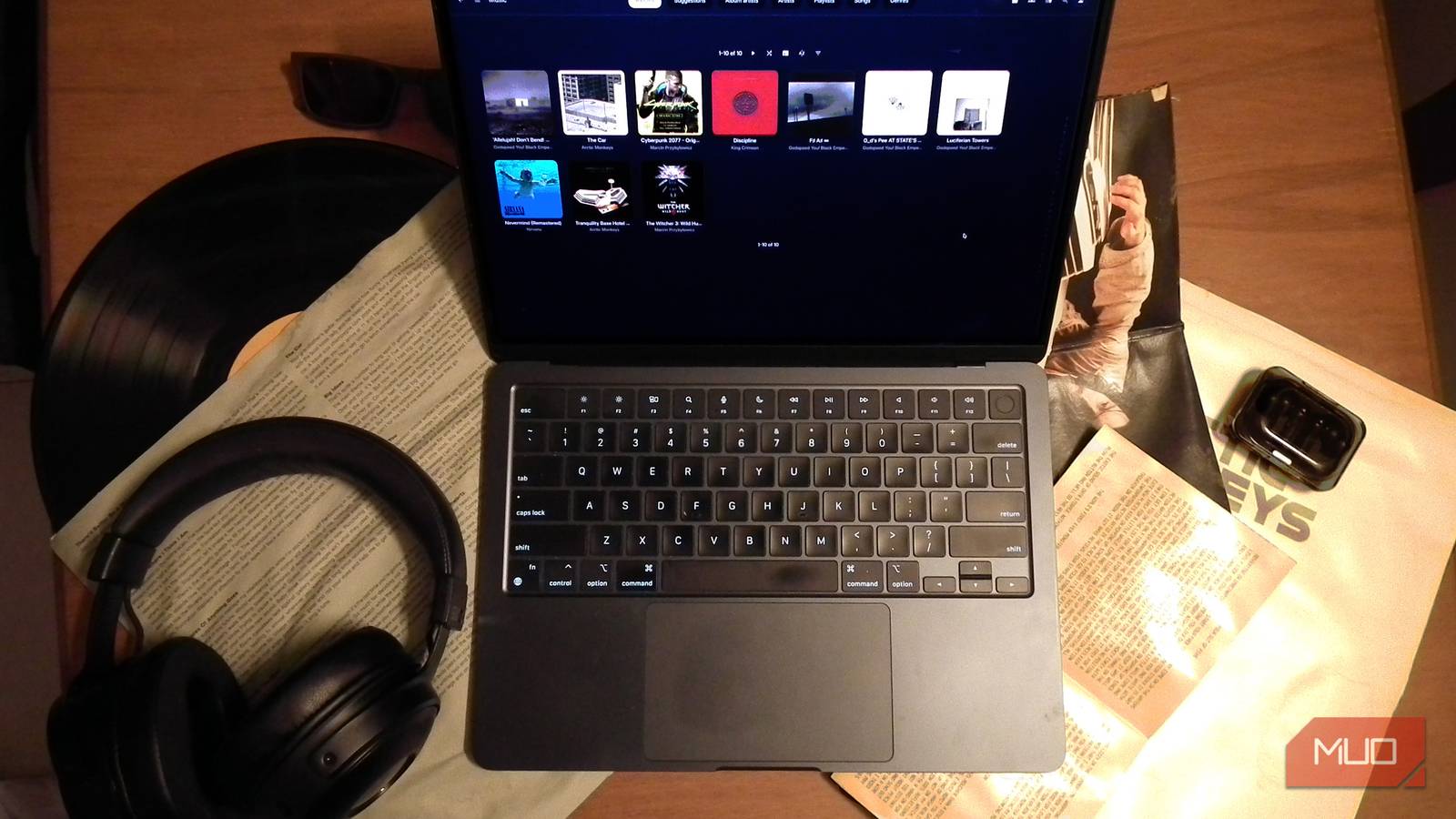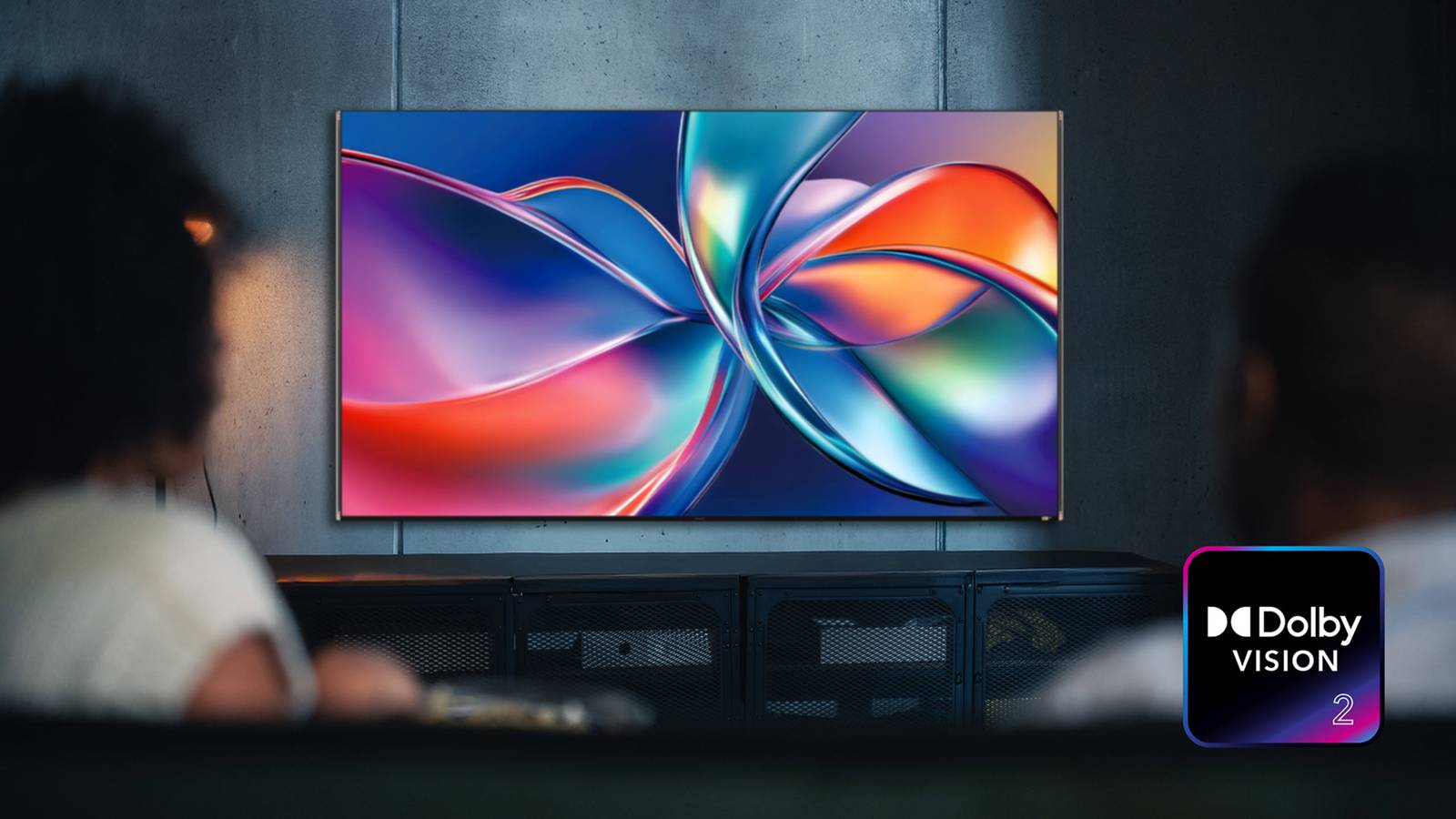Dolby’s latest HDR evolution promises smarter TVs, but as is the case with everything else these days, it crams AI into its feature set. Your content might look great with Dolby Vision 2, but the tech behind its Content Intelligence system is rather invasive.
Dolby Vision 2 will get more out of your TV
Dolby Vision 2 brings new tools for studios and TV productions that let them achieve greater picture quality, especially on high-end TVs. The standard uses dynamic metadata to identify the Dolby Vision-compatible display it’s connected to and adjusts the video signal to best use what the specific screen can do.
The dynamic data also contains instructions that further tweak the signal based on various scenes, shots, or even specific frames. As a result, you get color and exposure-accurate video as close to the director’s original intent, tuned specifically to your TV’s display. It also introduces a brand new image engine—the underlying software that processes video content based on the included metadata.
Apart from jazzing up video quality on your TV, Dolby Vision 2 also includes Content Intelligence. This is a set of tools for content producers to “authentically and automatically” optimize your TV to present a more realistic and better-looking picture based on what and where you’re watching your content.
At the time of writing, Dolby supports the following features under Content Intelligence:
- Light Sense: Fine-tunes the picture quality using ambient light detection reference lighting data from the content source.
- Precision Black: Improves image clarity without compromising artistic intent. Should help fix issues where the image looks too dark.
- Sports and Gaming Optimization: Includes new enhancements like white point adjustments and motion controls to better view sports and gaming content.
While I have no doubt these features will result in amazing picture quality on just about every Dolby Vision 2 compatible TV, the standard has to constantly monitor what you’re watching in order to optimize your content. And that’s where it gets concerning.
Better video quality at the cost of privacy
Dolby’s announcement doesn’t explain how exactly Dolby Vision 2 will optimize content automatically. However, it will need to constantly monitor what you’re watching and combine it with any sensor data received from your TV to achieve the results Dolby is bragging about. Since it’s an AI-powered system, the data collection and analysis can go deeper than you think.
Unlike simple data collection, AI systems can collect more sensitive information, like viewing patterns. Dolby Vision 2’s AI systems can just as easily analyze viewing behavior to build detailed psychological profiles.
You see, smart TVs already have features such as Automatic Content Recognition (ACR) that scan everything playing on your screen. You can stop your Smart TV from tracking you with certain tweaks, but the behavior already exists. And if you’re wondering whether the personalized ads on your TV are getting too accurate, that’s because LG Smart TVs use AI to track your emotions.
Additionally, no information on what AI system is powering the Content Intelligence suite of features was shared. Dolby hasn’t shared any information on how this data will be collected, analyzed, or stored either.
We’ll have to wait until Dolby Vision 2-compatible TVs and content start rolling out to get answers. Until then, Dolby’s invasive approach to improving image quality is sure to upset anyone looking out for their privacy.










